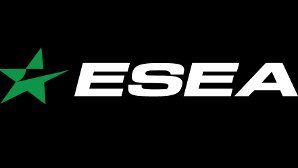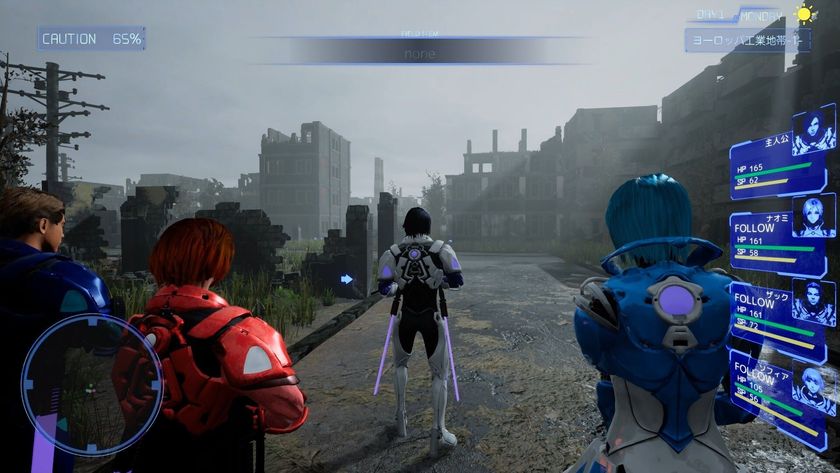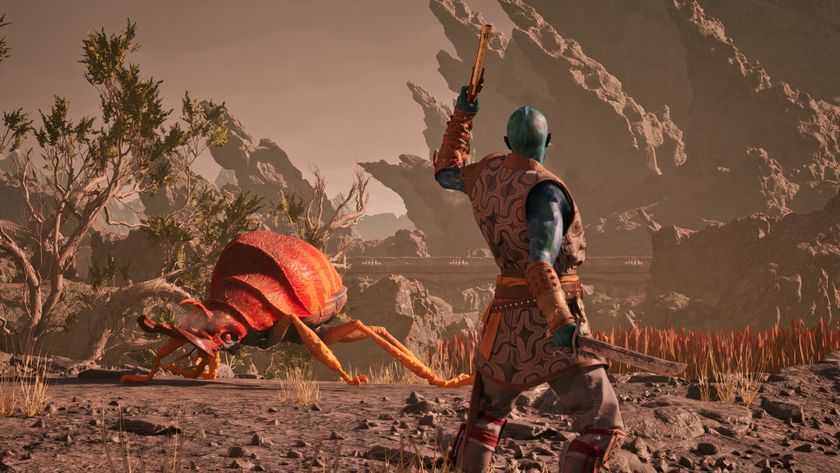Gaming league's client forced PCs to mine Bitcoins
Unscrupulous employee mined equivalent of $3,713.55

The client program was made to connect ESEA's more than 500,000 members--and to make sure nobody cheated. It wasn't supposed to use the members of the gaming league's processors and graphics cards to mine Bitcoins, but it did that too.
From April 13 until today, ESEA co-founder Craig "Torbull" Levine says, an unscupulous employee used supposedly inactive code to mine Bitcoins--a form of distributed computing which sustains the electronic currency's transactions, and is in turn rewarded with it.
"What transpired the past two weeks is a case of an employee acting on his own and without authorization to access our community through our company’s resources," Levine wrote on an ESEA news post. "We are extremely disappointed and concerned by the unauthorized actions of this unauthorized individual. As of this morning, ESEA has made sure that all Bitcoin mining has stopped. ESEA is also in the process of taking all necessary steps internally to ensure that nothing like this ever happens again."
The unauthorized code was deactivated and removed after an outraged user discovered an oddly strenuous load on his graphics card, and posted his or her conclusions to the ESEA's forum.
Levine says the total value mined equals $3,713.55. The league plans to increase its next tournament's prize pot by the same amount, and give double that to the American Cancer Society. It's also inviting any who suspect their hardware was damaged by the strain to file a support ticket.
Why was the code there to begin with? Levine says it was an experimental user option, and only ever activated on two consenting administrators' accounts. They decided it was "not worth the potential drama" to pursue any further after initial tests.
For more, check out the coverage from our friends at PC Gamer.
Sign up to the 12DOVE Newsletter
Weekly digests, tales from the communities you love, and more
I got a BA in journalism from Central Michigan University - though the best education I received there was from CM Life, its student-run newspaper. Long before that, I started pursuing my degree in video games by bugging my older brother to let me play Zelda on the Super Nintendo. I've previously been a news intern for GameSpot, a news writer for CVG, and now I'm a staff writer here at GamesRadar.
Most Popular








